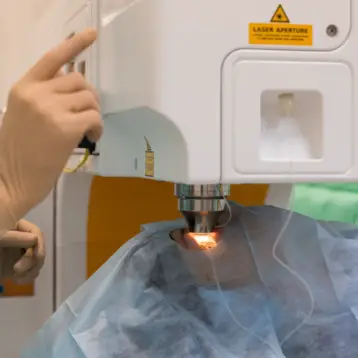|
Growth factors are naturally occurring molecules produced by the body to regulate cell division and cell survival processes. Some growth factors are known to influence many different cell types, whereas others are considered specific to a particular type of cell. The nerve growth factor (NGF), which stimulates the growth and differentiation of nerves and which is crucial for their survival and maintenance, was once thought to be specific to neurons. However, it has recently been shown to also affect other cells.
A research project led by Dr. Costanza Emanueli, Senior Research Fellow at Bristol University, and her colleagues at the Bristol Heart Institute, shows for the first time that NGF can have a protective effect on heart muscle cells.
The researchers had conducted in vitro (in a tube) studies that showed that NGF was protective in cultures of heart cells and then expanded the studies to a heart attack model in rats. In this model one of the arteries supplying the rat’s heart with blood is tied off. The model closely mimics the human heart’s condition leading to a heart attack, in which the artery is blocked due to accumulation of cholesterol and fatty material in it. A heart attack occurs when a blood clot suddenly and completely blocks this artery, preventing part of the heart muscle from getting an adequate blood supply and starving its cells of oxygen. This event results in massive cell death in its immediate region and in a later effect of cell death in the surrounding area. As blood supply is cut off and a part of the heart muscle dies, the remaining live cells in that area adapt by increasing in size, leading to enlargement of the heart and to eventual heart failure.
Dr. Emanueli’s group injected the gene for NGF into the region around the dead cell areas near rats’ hearts. They found that a week following the injection, NGF promoted survival of the cells in that region, in comparison to hearts not treated with NGF. “This is the first time that a pro-survival effect in the heart of NGF has been found. Our study shows that NGF may be a novel way of protecting the heart from further damage following a heart attack”, said Dr Emanueli.
|
Although Dr. Emanueli’s research opens up the possibility of helping to repair damaged hearts by using NGF, it is important to remember that the feasibility of this treatment has only been tested in rodents. Clinical trials must be conducted in order to determine whether this treatment will also benefit humans and protect human heart attack victims from further damage. Additionally, evidence of other influences of NGF on the human body has recently been revealed. For example, a research published in the October 7 issue of the World Journal of Gastroenterology shows that NGF plays a critical role in the development of liver cirrhosis and cancer. The clinical trials should therefore also check the overall affects of NGF injection to humans.
TFOT previously covered several other methods for heart treatment. Among them are The HeartLander – a robot able to sense, map, and treat the heart, and an embryonic stem cells transplant for heart muscle repair, conducted in the University of Washington
The University of Bristol’s press release announcing this finding is available here.











